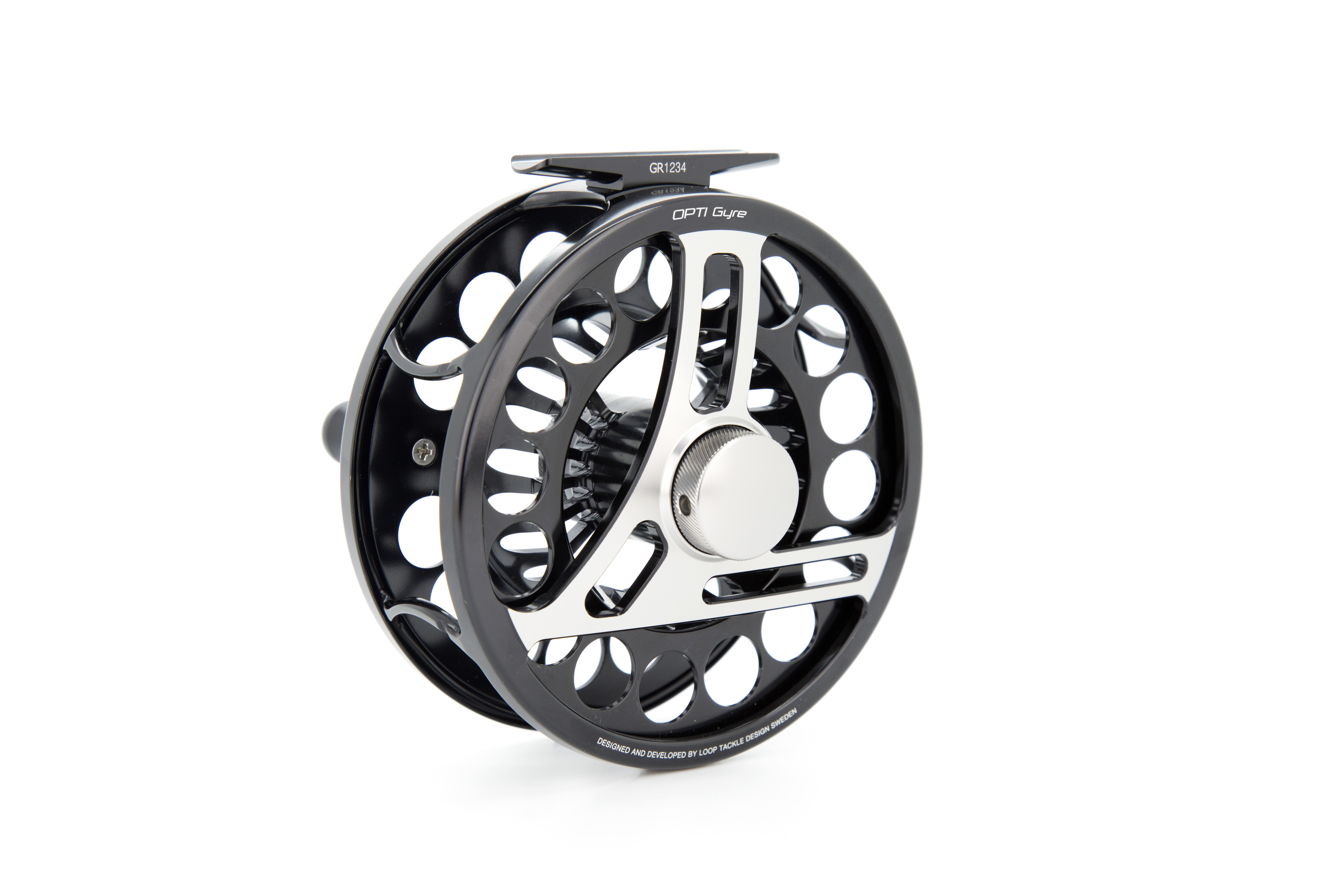Of all gear in the fly angler’s arsenal, it’s safe to say wading boots receive the greatest amount of abuse. Anglers expect boots to support them on the crazy hike into the canyon and then keep them upright on the slick rocks once they get there. Perhaps a boot’s greatest attribute besides comfort is the ability to endure this constant abuse. Enter Korkers’ newest boot, the Wraptr. The innovative exterior construction features a one-piece, single-seam, abrasion-resistant engineered skin. Innovative and durable construction, extreme comfort, fast drying material, and internal drainage channels are the reasons the Korkers Wraptr turned the Fly Fusion testers’ heads this year.










